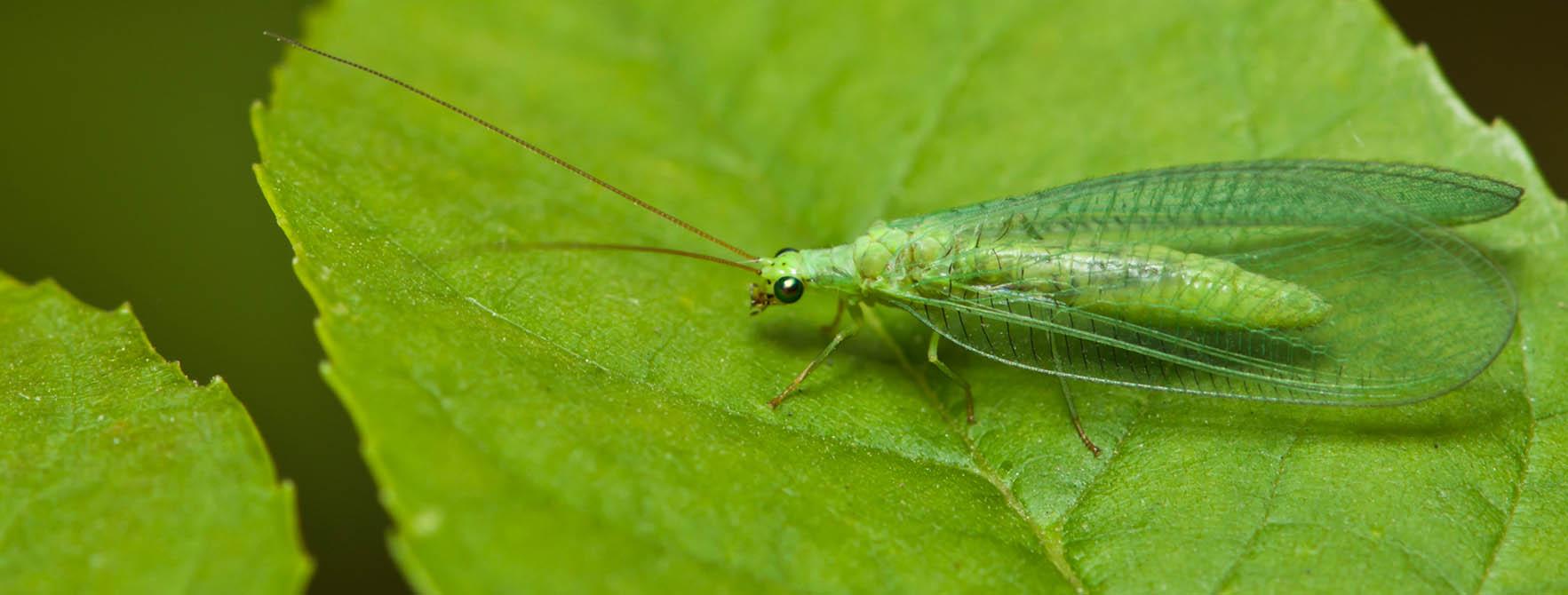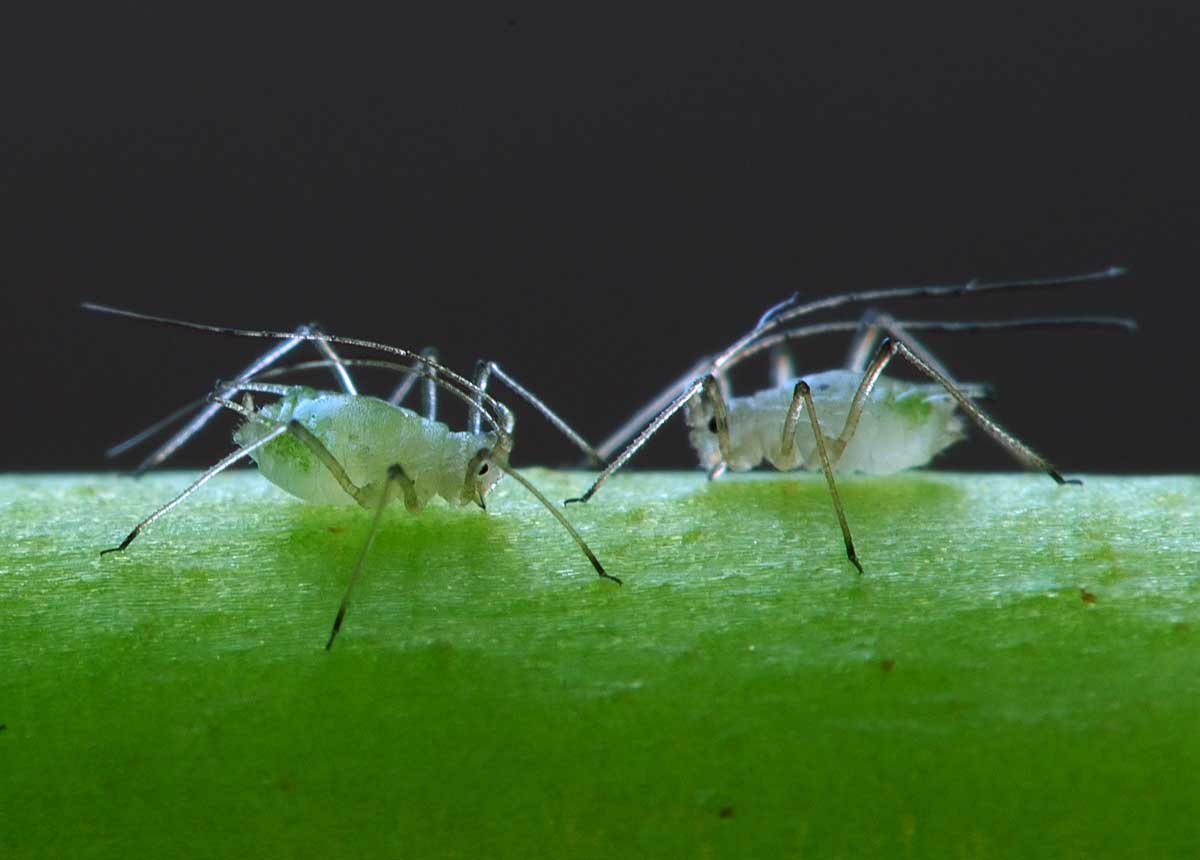Bed Tiny Lime Green Bug

Vacuuming real good under and around your bed and.
Bed tiny lime green bug. They re very commonly described as tiny green flying bugs that attract light. The green bugs could be some kind of bug that came in around the window frame from outside. I m going to move it to the bedroom when i m sleeping from now on. They are small enough to fit through the screens.
Bed bugs are not green. Here s our best advice for growing tomatoes. These bright green heavily striped caterpillars looks like something from a sci fi show especially with the horn like tails. How to get rid of tomato hornworms.
Thrips can also be neon orange or yellow. True bugs are named as such due to their piercing and sucking mouthparts and are therefore placed in a group all their own. Entries are listed below in alphabetical order a to z. There are a total of 69 true bugs of north america in the insect identification database.
When i check the tray it never has mosquitos but instead is full of these teeny tiny lime green monsters. They are the size of the head of a straight pin. Bed bugs known in the science world as cimex lectularius are a tiny quarter of an inch pest that burrow in the creases of a mattress and wait until you re sound asleep to bite. Bed bugs can also be discovered easily by their smell or if you see large groups of small black dots they might be your unwanted house guest.
They only come at night when there is a light on. The most unlikely candidate but the green stink bug green soldier bug or just stink bug scientific name chinavia hilaris is a pest around 0 51 0 71 inches 13 18mm in size found throughout north america in gardens woods orchards and crops in particular tomato pea bean corn eggplant soybean and cotton. Waking up with red bumps all over is a sure sign of these pests. These tiny green bugs are attracted to light and will be found on lamps ceiling lights recessed lights light fixtures etc.
They are brownest reddish. Check out the guide on how to get rid of them. There a billion different varieties of them but what s that matter to you. Those annoying little bastids are aphids.
They eat the foliage of tomatoes primarily but also peppers potatoes and eggplants.














































